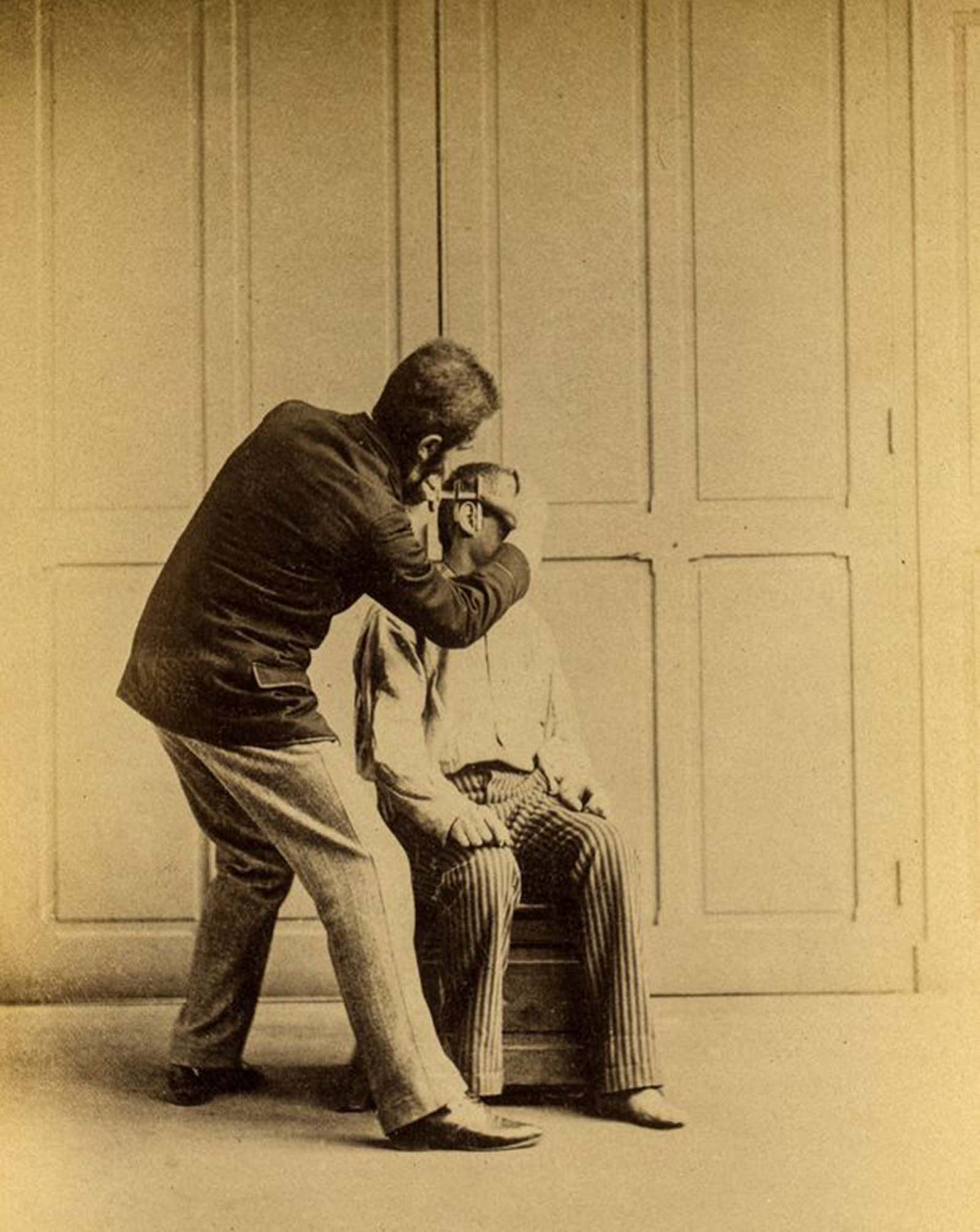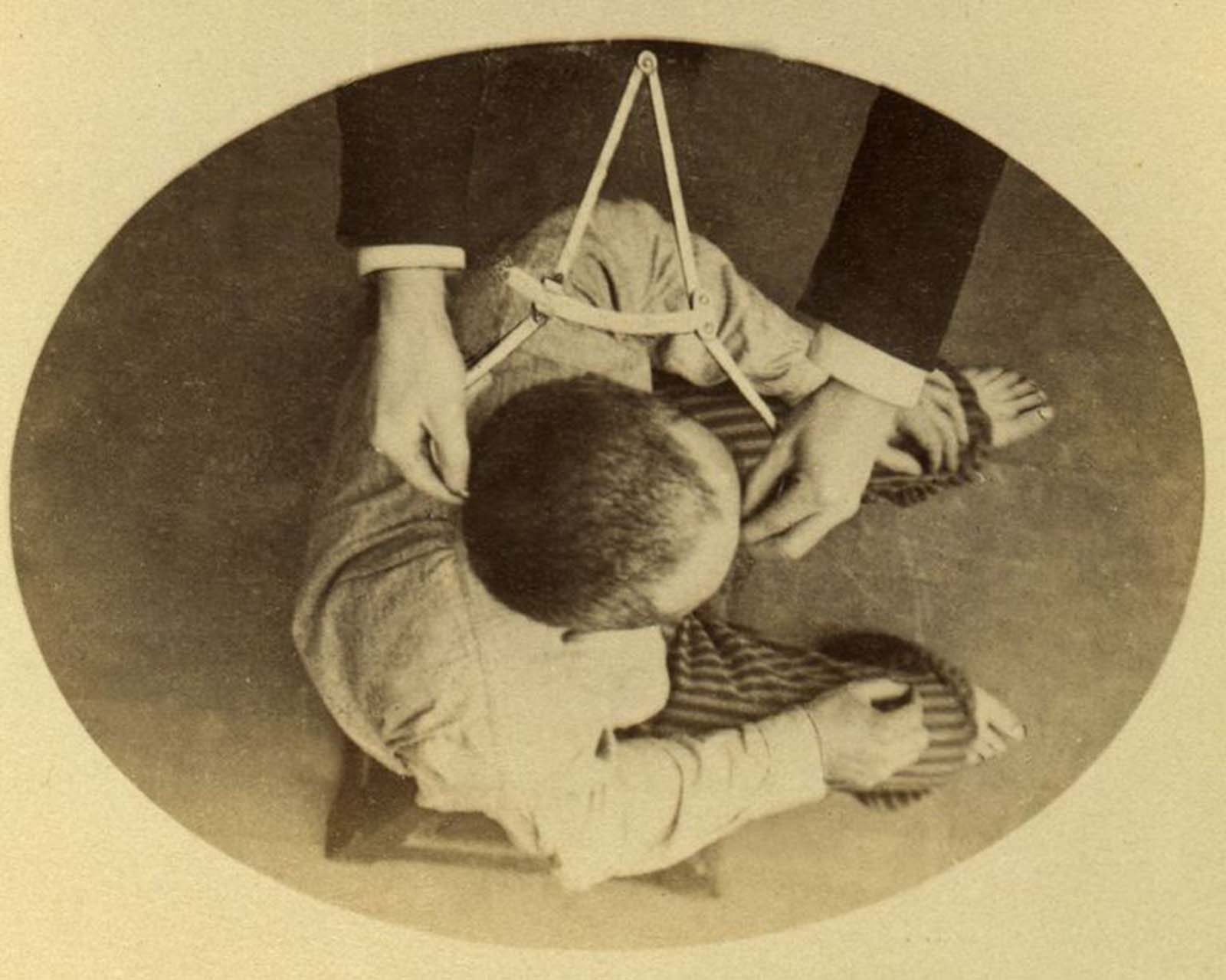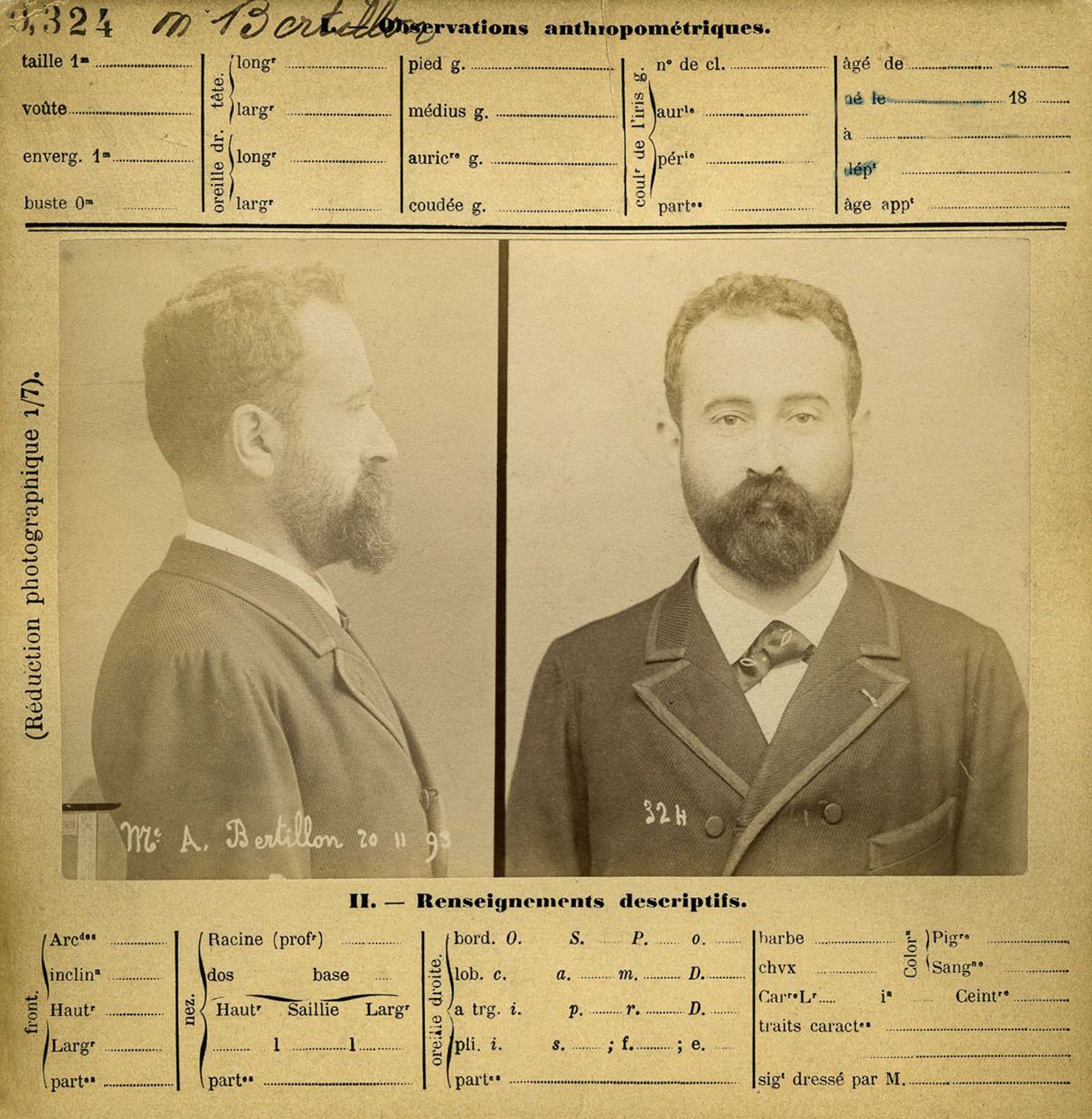 The first scientific system of criminal identification was invented in the 18th century. Alphonse Bertillon created anthropometry in a bid to get repeating offenders. It is known today as the Mugshot.
The first scientific system of criminal identification was invented in the 18th century. Alphonse Bertillon created anthropometry in a bid to get repeating offenders. It is known today as the Mugshot.
The system was named Bertillonage in honour of Bertillon. The bertillonage system measured the standing height, sitting height, the distance between fingertips, head size, a friendly ear, digits, forearm, left foot, and two photographs. Physical features such as eye colour, hair colour, scars and retrievable criminal records were noted.
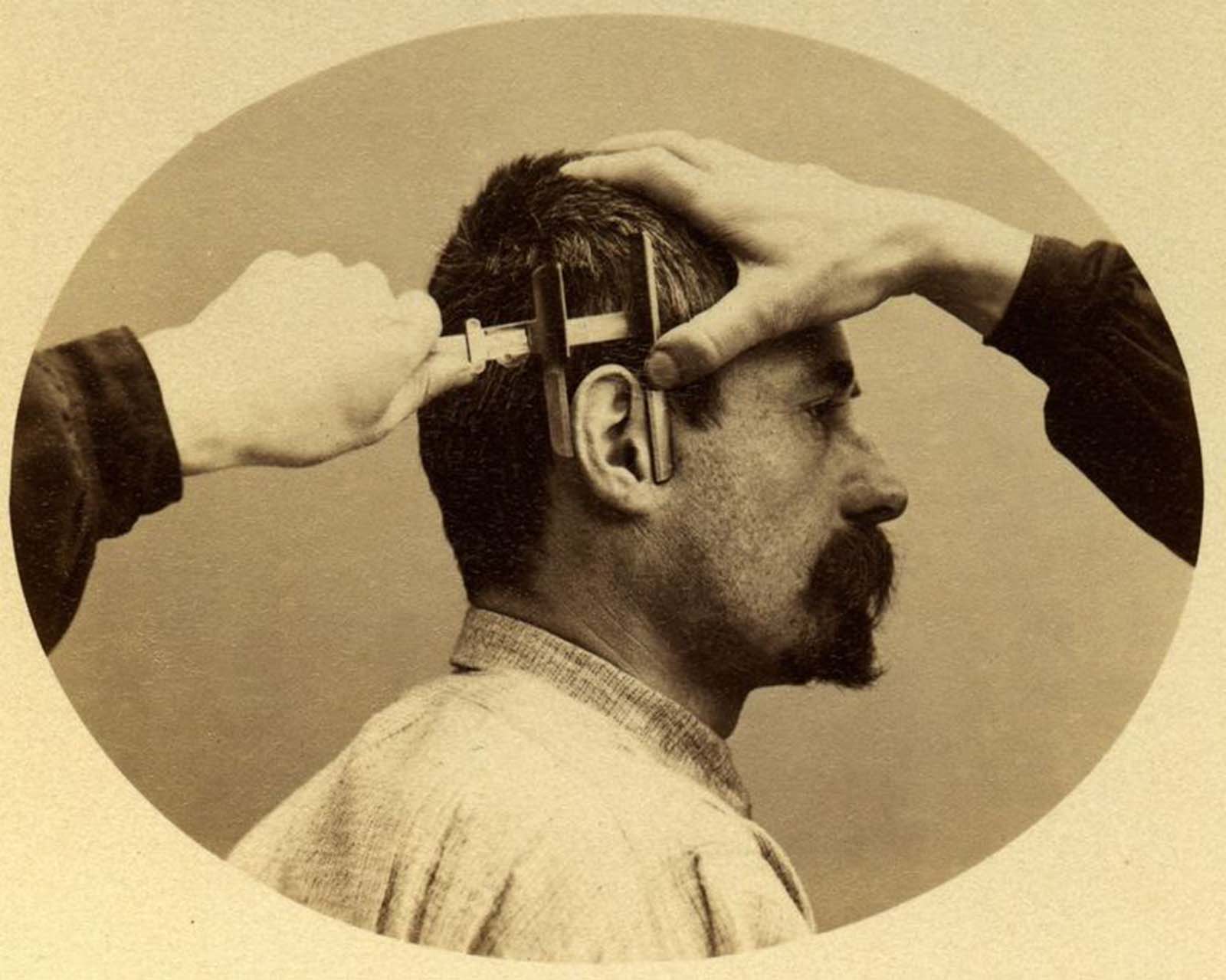
Even though the system was based on scientific measures, it was known to have its flaws. For instance, it may not have been able to accurately apply to children or women offenders, as it was majorly designed for men who had attained full physical maturity and had short hair.
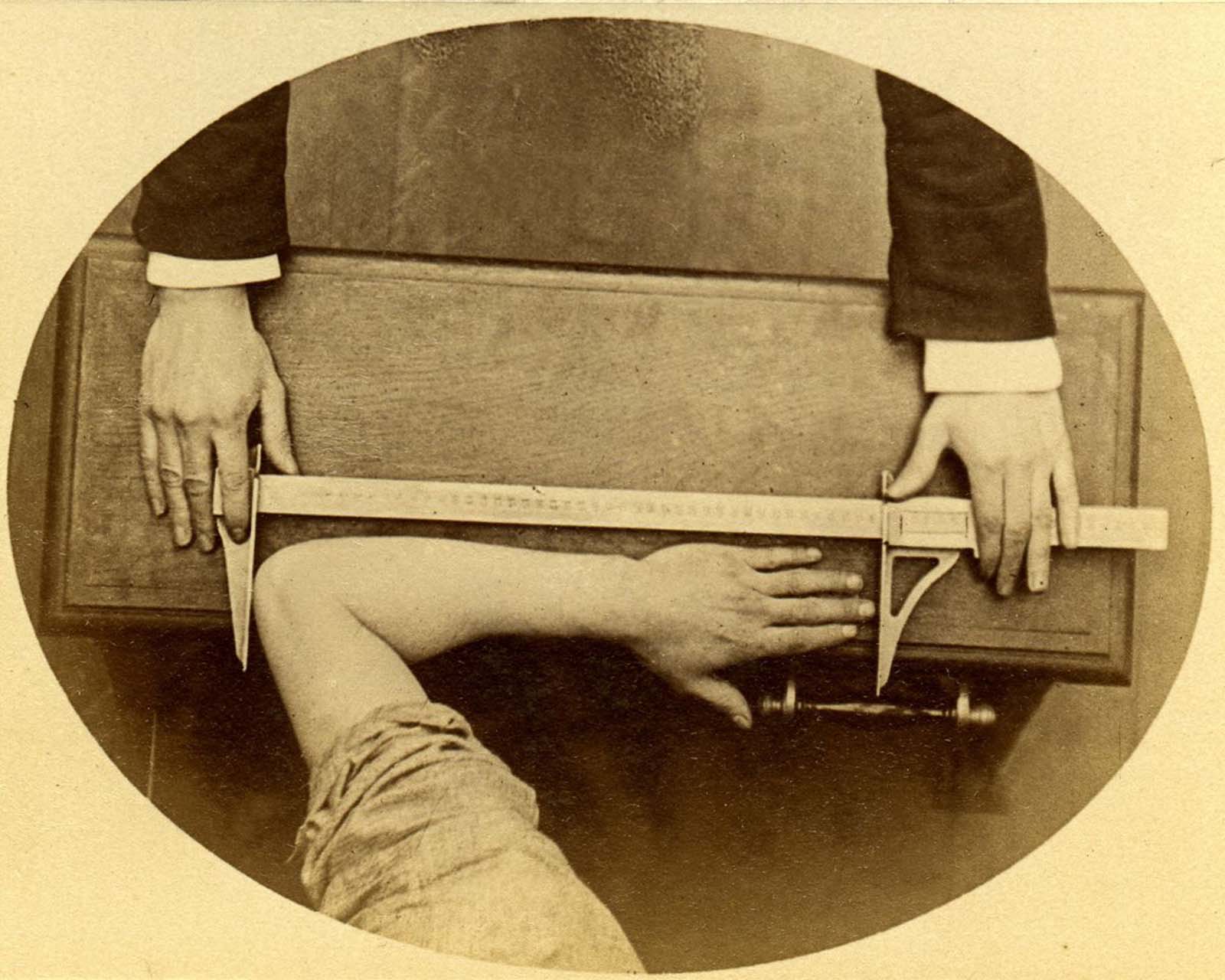
Due to his invention of anthropometry, in 1888, Bertillon became the Director of the Identification Bureau. Bertillon observed that the photographic information would assist the police in catching criminals as the photographic information contained records of the individual.
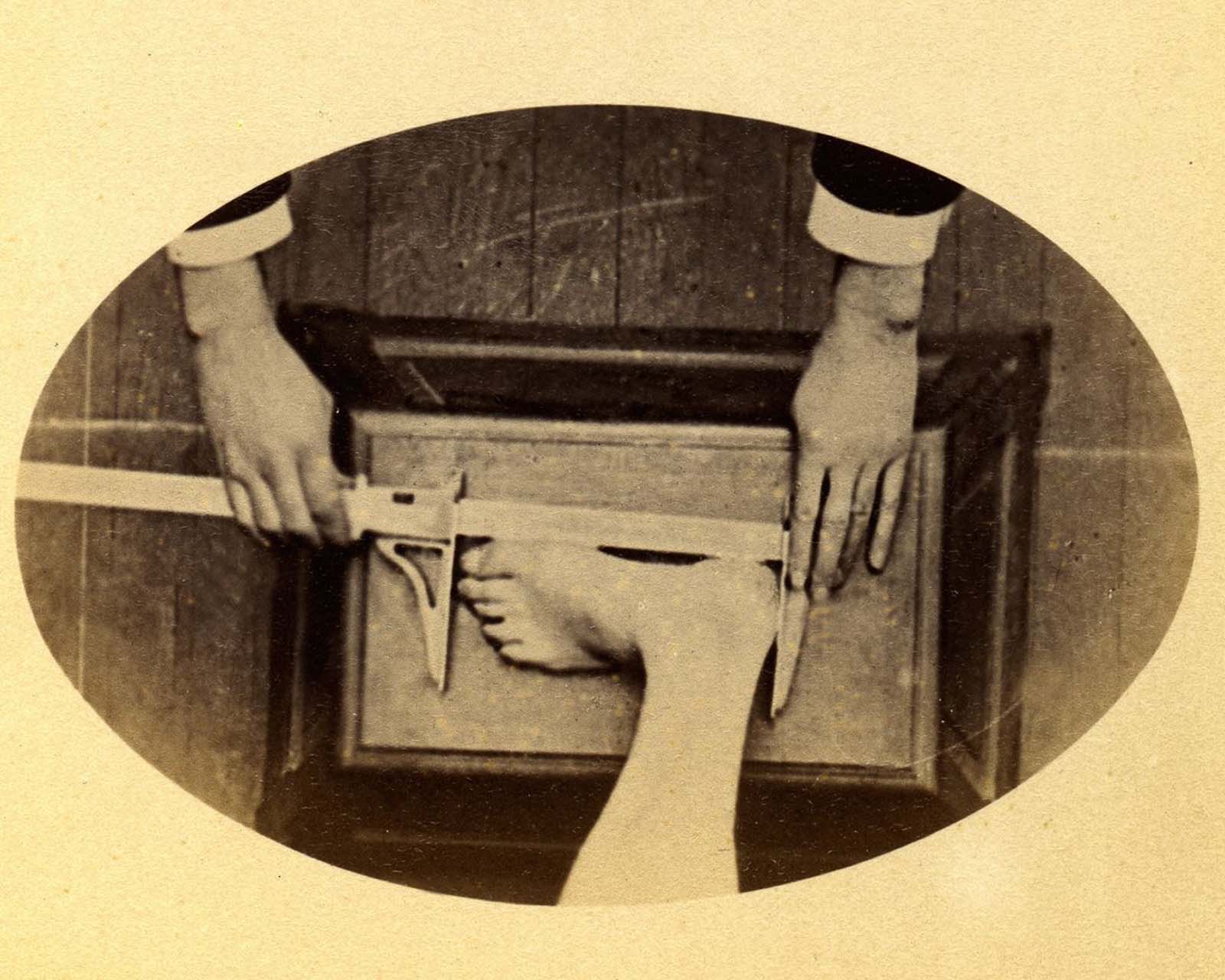
To ensure that a clear full-face portrait was perfect, Bertillon laid out the uniformity of lighting conditions, exposure time, distance from the subject, pose, and reduction scale. Bertillon also created the portrait parle, an identification chart of fractional photographs of facial features, such as ears and noses. They were mounted side by side to help in comparison and contrast.
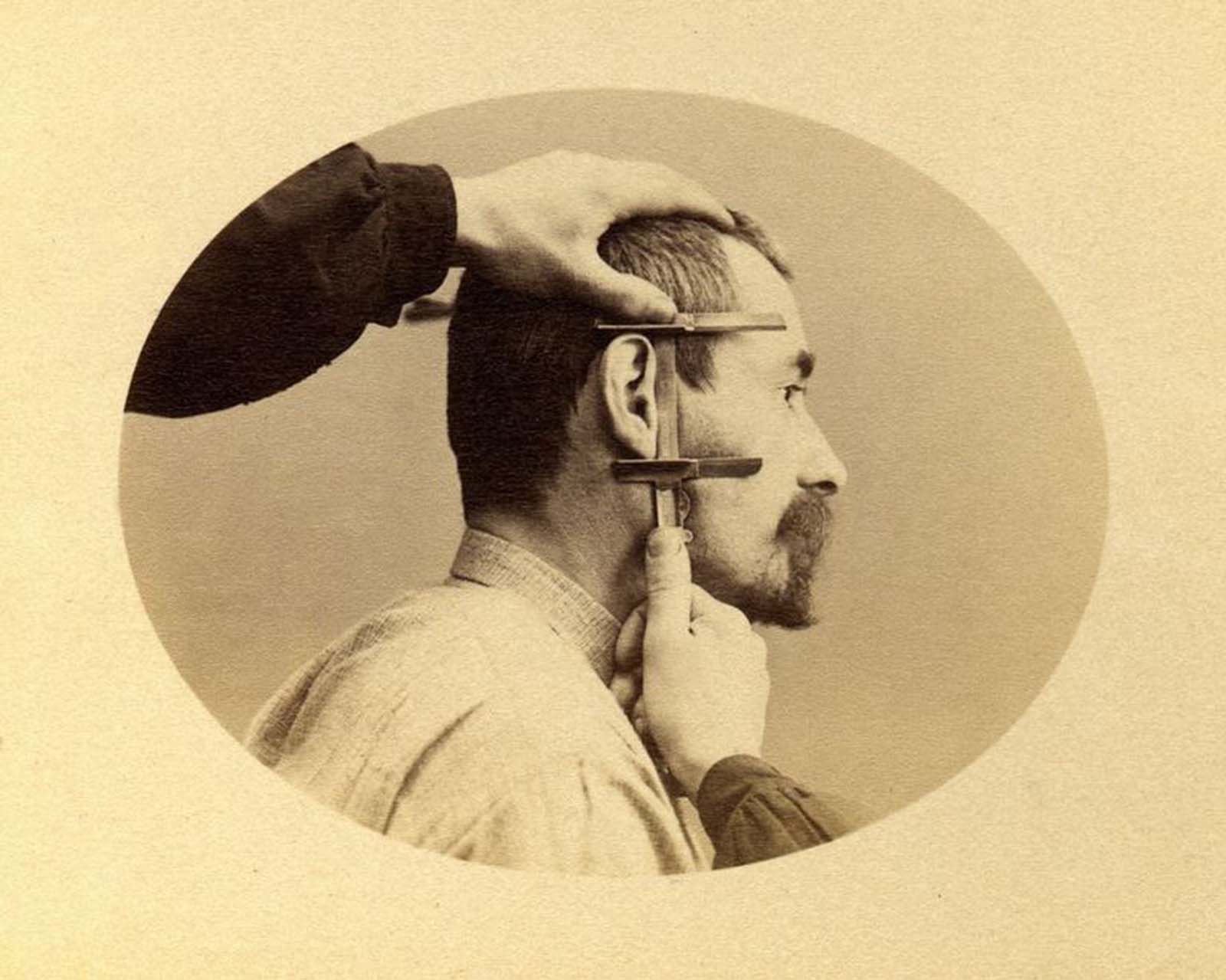
Bertillon also came up with many other forensics methodologies, including galvanoplastic compounds to preserve footprints, ballistics, and the dynamometer, determining the degree of force used in breaking.
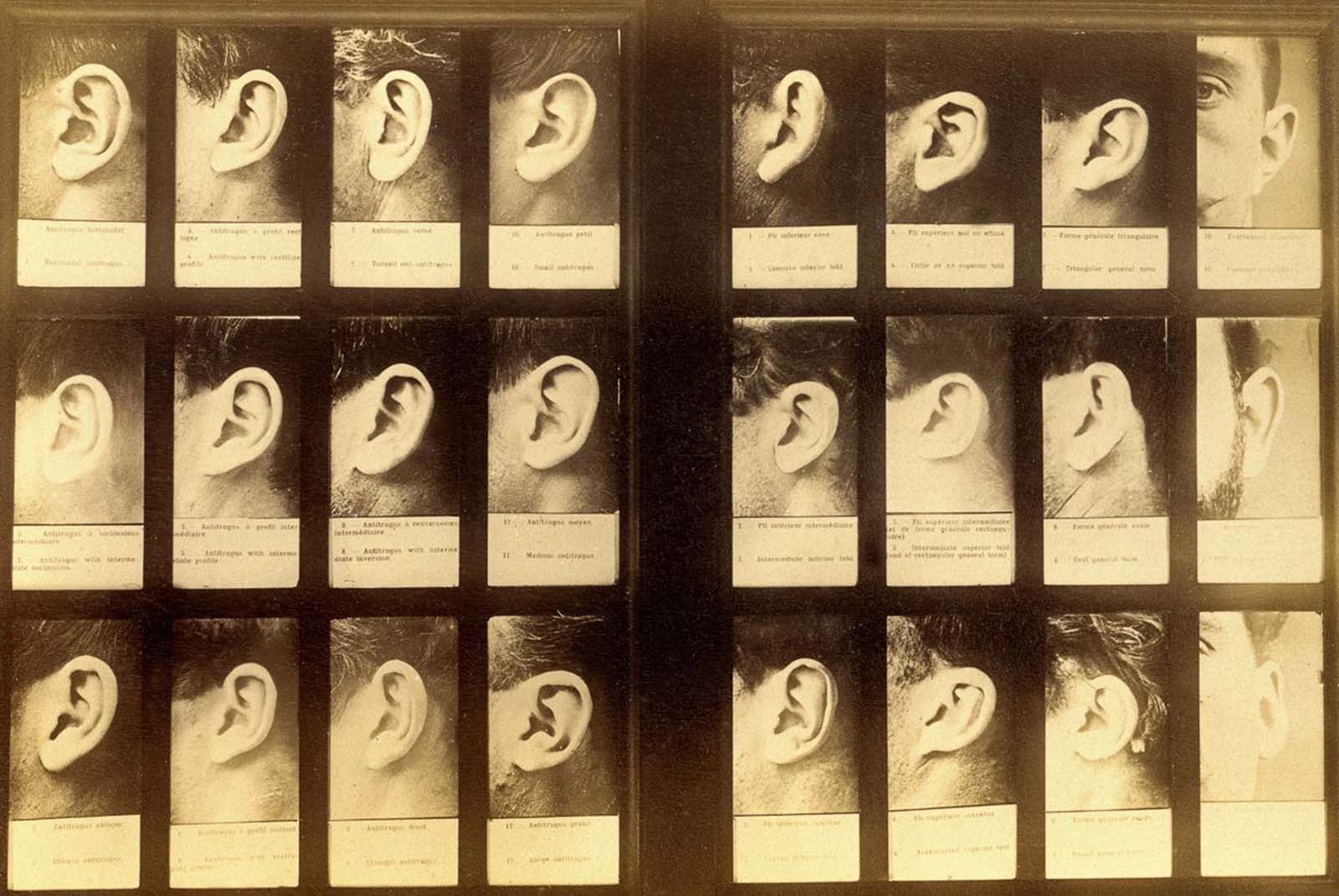
Although Alfred Dreyfus was wrongly found guilty in the infamous Dreyfus affair, the Bertillon system helped replace unreliable eyewitnesses. It also helped in the easy identification and capture of criminals.
